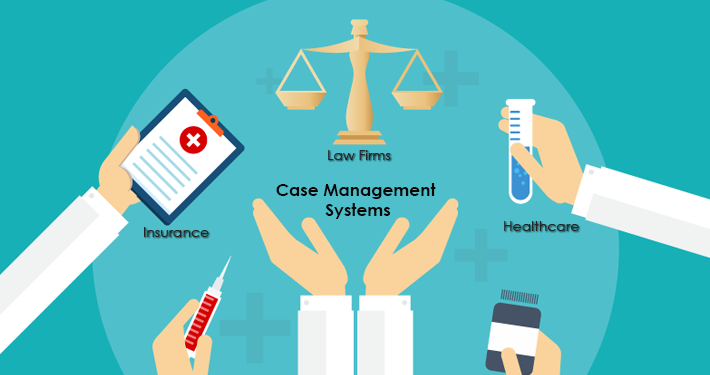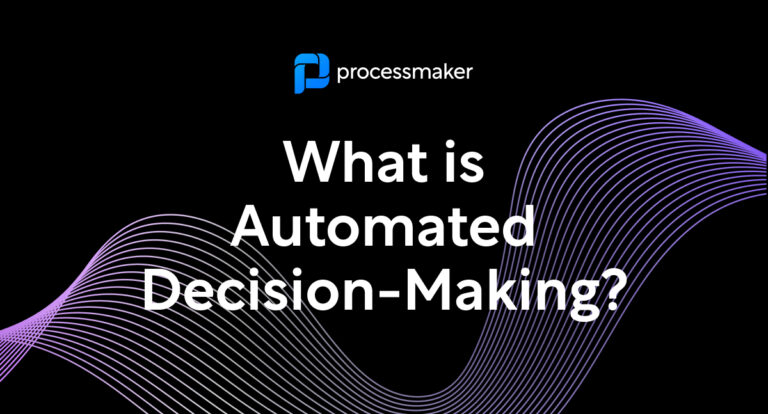Business Process Model and Notation (BPMN), Case Management Model and Notation (CMMN), and Decision Model and Notation (DMN) form what is often called the “triple crown” of business modeling notations. BPMN is widely used by business owners and technical users alike to design and implement business processes.
CMMN is not as well known or utilized in the world of business process management. Unlike BPMN, CMMN is used to describe unpredictable and evolving situations – describing what is allowed in a process versus how to perform a process. In this article we will discuss what Case Management Model and Notation is, how it works, and how it differs from BPMN.
What is Case Management and Case Management Model and Notation (CMMN)?
Case management is a business process technology. Unlike business process management, case management generally does not use control flow to describe a process. Rather, the “case” contains all the information that is required, giving workers access to the information that they need as well as discretion over how a case evolves.
The structure of a case management workflow depends on several factors, like how new data emerges and how much control organizations want case managers to have. More structured case management workflows require less decision-making from knowledge workers. Unstructured workflows do not follow predictable paths, requiring intervention from knowledge workers. These unstructured workflows are where CMMN comes in handy.
Case Management Model and Notation (CMMN) is a graphical notation that is used to capture work methods that are unpredictable and do not occur in any specific order. CMMN uses an “event-centered” approach and expands on what can be modeled with BPMN 2.0. This includes less structured processes and those driven by knowledge workers.
A brief history of OMG
CMMN was created by the Object Management Group (OMG) in 2014. It was intended to address unpredictable processes and complement Business Process Model and Notation (BPMN). OMG followed with CMMN 1.1, the current version, in December of 2016.
CMMN Basics
A case is the main concept in the case management model and notation, and is kind of like a process. Everything about a case is covered in a case plan model. A case plan model is essentially a visualization of a case, not altogether different from a business process flowchart. Case plan items are the core elements of plan implementation. They include tasks, stages, milestones, and event listeners.
Tasks are single actions and are the central elements of CMMN. Tasks can be discretionary, meaning that the case worker has the discretion whether to perform them. In addition to ordinary tasks, common task elements in CMMN include:
- Non-blocking human tasks. These tasks are completed at the same time that work was initiated. This allows case workers to simultaneously work on other tasks without waiting for work to be completed.
- Blocking human tasks. These are tasks completed by case workers. They are only completed once after all related work has been completed.
- Decision tasks. Invokes a DMN process.
- Process tasks. Invokes a BPMN process.
- Case tasks. Invokes another CMMN-process.
Stages are like sub-processes in business process modeling. They are used to break down models into manageable parts. Milestones represent accomplishments and are instrumental in tracking the progress of a case. An event listener waits for something to occur before triggering the next sequence. To learn more about all CMMN elements, check out OMG’s Case Management Model and Notation manual.
Examples of CMMN use cases
CMMN is useful for unstructured and unpredictable work requiring human intervention. Common applications include handling customer complaints or support tickets. The procedure for handling each of these might be well established but each case has a unique set of facts and path to a resolution.
CMMN is also incredibly useful for case management in banking. Wealth management, commercial lending, and fraud mitigation are all examples of cases that require some level of human intervention.
BPMN vs. CMMN
The key difference between CMMN and BPMN is one of scope. CMMN describes what is and is not allowed in a process. While BPMN describes how to do a process. Yet the two business modeling notations are not mutually exclusive. Rather, combining the two allows organizations to handle a much broader scope of work methods.
Case Management Model and Notation is an incredibly useful business modeling notation. ProcessMaker’s low-code business process management software makes it easy to create and implement comprehensive business process models using leading business modeling notations.





